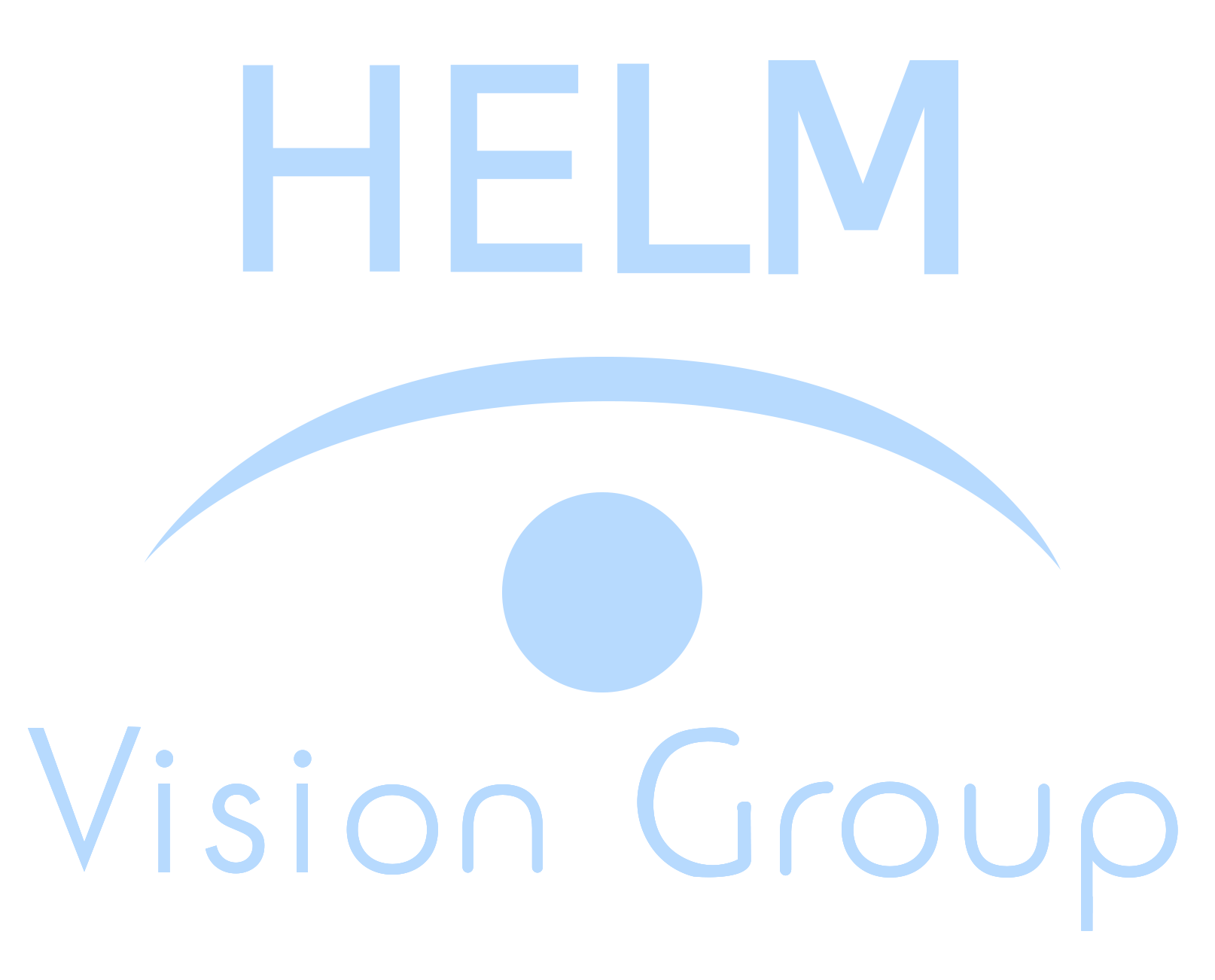
PTERYGIUM SURGERY
ABOUT PTERYGIUM SURGERY

A pterygium is a growth that occurs on the surface of the eye. The word comes from the Greek word for “wing”, which characterizes the shape of this growth. It usually occurs on the inner portion of the white part of the eye and extends onto the cornea covering part of the colored part of the eye. It is commonly a source of chronic aggravation as it may cause intermittent or chronic redness and irritation in the eye. It may also be cosmetically unacceptable as others may frequently notice the growth. The growth is typically associated with a history of chronic sun exposure related either to outdoor work or recreational activities.
If its appearance is not a significant concern, the first line of treatment consists of either artificial tears or allergy drops to relieve redness and irritation on a temporary basis. If drops do not provide adequate relief then surgery is the alternative. Surgery is also indicated if the pterygium is causing increasing astigmatism and affecting sight.
New surgical techniques are extremely effective in removing the growth and preventing its regrowth. Using the technique known as conjunctival autografting the recurrence rate has been shown to be less than 5 percent. Combining this technique with a medicine that inactivates the cells associated with scarring reduces the risk of recurrence even further. The use of fibrin glue has also allowed for a faster, more comfortable recovery.


The surgery typically takes about 35 minutes and is done as outpatient surgery under mild sedation. The surgery is painless. Eye drops are used frequently for a couple weeks and then less frequently over a period of a few months. It usually takes 4 to 6 weeks for the redness to go away.

